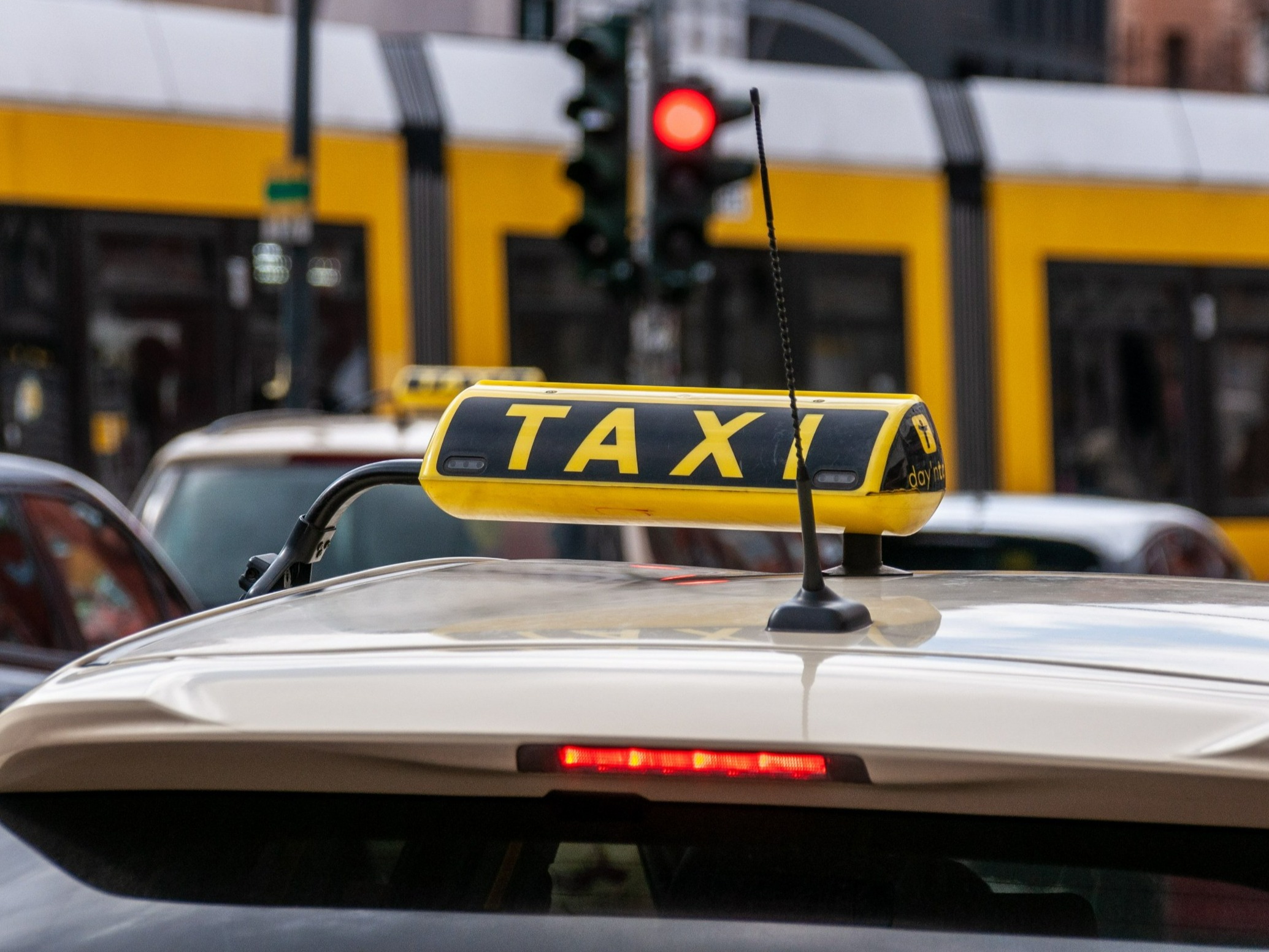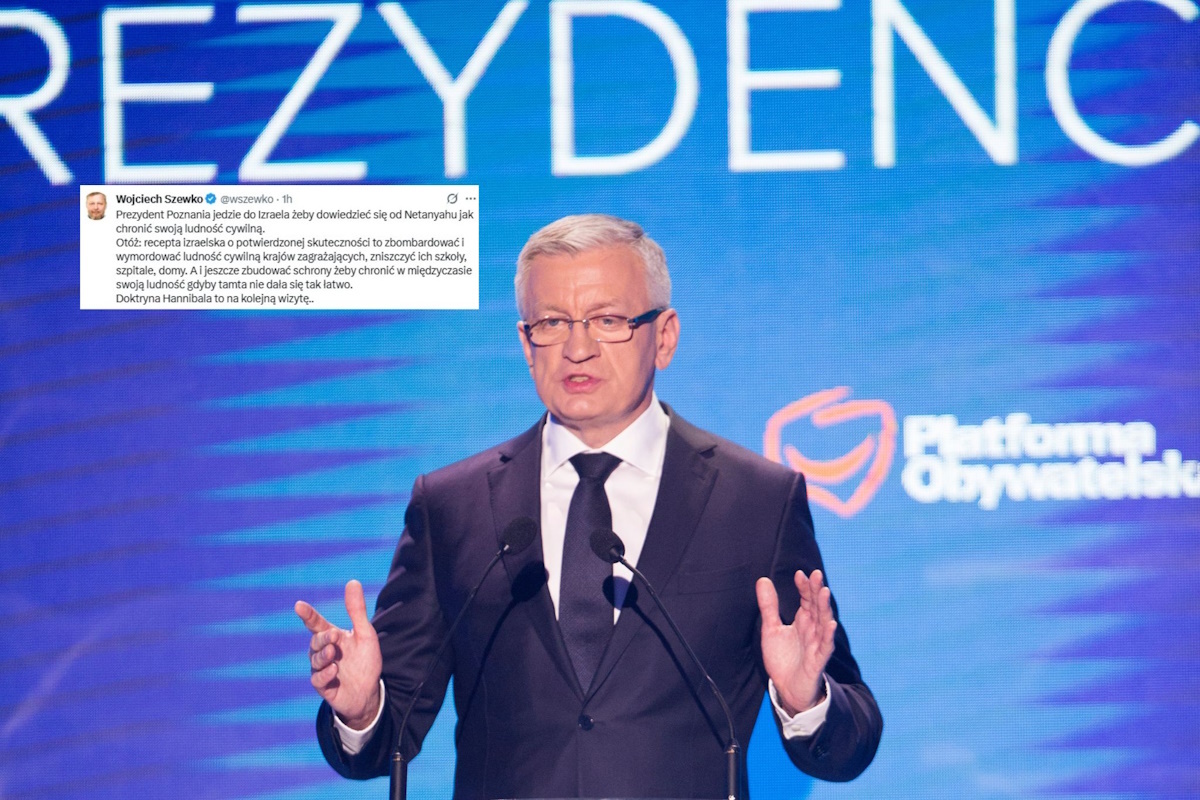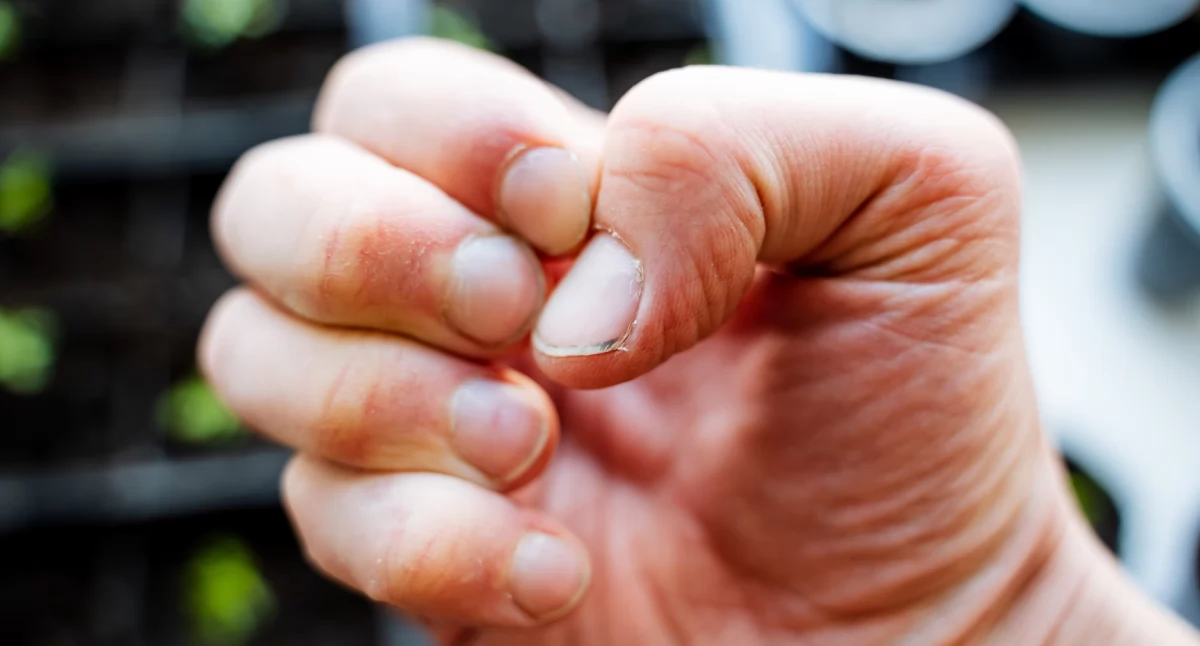An Iron Age Roman settlement has been discovered following a rare sword find, archaeologists have revealed. The excavation near a Cotswolds village has revealed what could be evidence of a Roman villa.
The dig follows the discovery of two iron Roman cavalry swords, possibly displaying traces of their scabbards, during a metal detecting rally near Willersey two years ago. The swords, which were found by metal detectorist Glenn Manning, were later donated to the Corinium Museum in Cirencester.
Metal detector's remarkable discovery
Manning said: "Finding two swords in the same spot was amazing. The morning before the rally, I had a feeling I would find something special. This was only my second time metal detecting. I'm excited to find out more about them."
Historic England then conducted geophysical surveys of the area where the swords were found, which revealed the possibility of extensive prehistoric, and Romano-British remains. Excavations earlier this year found evidence of settlements spanning several centuries.
Centuries of settlement uncovered
These include three or four Iron Age ring ditches, a substantial rectangular enclosure, and remains of Roman limestone buildings, which could be a winged villa. More archaeological work is required, and Historic England could then recommend to the Department for Culture, Media and Sport (DCMS) that the site be protected as a scheduled monument.
It is believed the long swords or "spatha" were used by the Romans on horseback from early in the second century AD through to the third century AD. They are contemporary with the villa, but it is not known how they came to be there.
Historic England's assessment
Ian Barnes, senior archaeologist at Historic England, said: "This excavation provides valuable insights into the nature of settlement patterns from the Early Iron Age through to the Roman period in Gloucestershire. This new evidence will help us to understand more about what happened around the period of the Roman Conquest, which must have been a tumultuous time."
Peter Busby, from Cotswold Archaeology, said: "I am very proud of how much our team of volunteers, professional archaeologists, and metal detectorists achieved in 15 days, despite the heavy January rain. We turned a ploughed field, the swords, and geophysical anomalies into the story of a settlement spanning hundreds of years - the first stage in telling the history of these fields and their cavalry swords."
Museum acquisition and display
Emma Stuart, director of the Corinium Museum, added: "It's a privilege to acquire such rare artefacts. This valuable addition of Roman weaponry at the museum broadens the story of life in the Cotswolds during the mid to late Roman period. Wiltshire Conservation has identified the scabbard remnants and this adds another dimension to this discovery."
The swords will be on display for public viewing at the Corinium Museum from 2nd August 2025.
(PA) Note: This article has been edited with the help of Artificial Intelligence.














